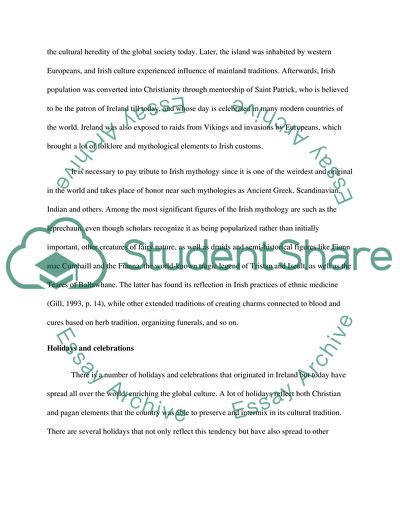Cite this document
(“The History Of Ireland: Extinction Of National Cultures Research Paper”, n.d.)
The History Of Ireland: Extinction Of National Cultures Research Paper. Retrieved from https://studentshare.org/history/1700294-the-history-of-ireland-extinction-of-national-cultures
The History Of Ireland: Extinction Of National Cultures Research Paper. Retrieved from https://studentshare.org/history/1700294-the-history-of-ireland-extinction-of-national-cultures
(The History Of Ireland: Extinction Of National Cultures Research Paper)
The History Of Ireland: Extinction Of National Cultures Research Paper. https://studentshare.org/history/1700294-the-history-of-ireland-extinction-of-national-cultures.
The History Of Ireland: Extinction Of National Cultures Research Paper. https://studentshare.org/history/1700294-the-history-of-ireland-extinction-of-national-cultures.
“The History Of Ireland: Extinction Of National Cultures Research Paper”, n.d. https://studentshare.org/history/1700294-the-history-of-ireland-extinction-of-national-cultures.


